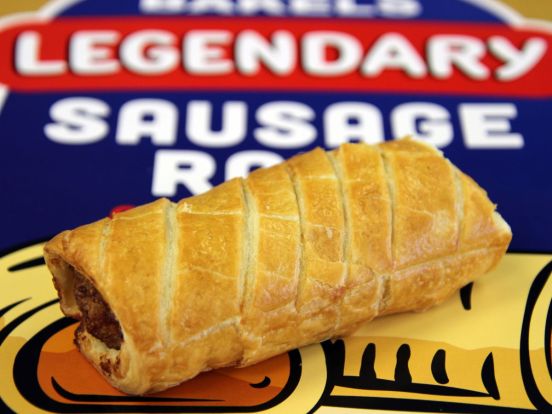
Online restaurant reservation website, Dimmi, has released its fifth Australian Dining Index, revealing the latest restaurant industry trends and insights.
Despite the unpredictability of national politics, volatile global markets and weather events, the industry grew 4.4 percent on the year before.
Nearly all states across the nation experienced a lift with Melbourne up 7.2 percent, Sydney up 6.2 percent, Brisbane up 3.4 percent and Adelaide up 2.1 percent. Perth, however, was down 7.7 percent on the year before with the state feeling the absence of the resources boom. Average spend remained steady at $64.28 per person, meaning that Australian’s are eating out more frequently but still spending the same each time.
“Food is the new social currency, and it’s at the heart of our homes and at the centre of our economy. We’re part of the greatest industry on Earth and the innovation and progression that we’re seeing is just incredible”, said Stevan Premutico, founder and CEO of Dimmi. “Dinosaurs are being left behind and the likes of Restaurant Hubert, Norsk Dor, Lûmé and Chin Chin are leading the way.”
The top 5 trends in the Australian restaurant industry are:
- Fine dining isn’t dead:average spend remained steady, however, spend in the premium market (more than $110 per head) saw a five percent rise.
- Mobile boom:65 percent of online bookings are made on a mobile device and 34 percent of bookings are now made within 24 hours of the dining time.
- Killing off no shows:restaurants are now imposing stricter booking policies to try and address the issue of diners no-showing. Lots of restaurants are now taking credit card details at the time of booking and as a result the no-show rate has dropped eight percent year on year from FY2015 to FY2016.
- Solo booking boom:there has been a 46 percent increase in solo bookings from FY2015 to FY2016, with the trend strongest in Queensland, followed by Victoria and NSW.
- Acquisition and consolidation:there’s been a lot of acquisition, consolidation and expansion in the market this year, with many venues tapping into cost efficiencies associated with having multiple venues and successful franchises.
Hospitality NZ: Trends on this side of the Tasman
Operations manager with Hospitality NZ, Tracy Scott says whether it be fine dining or cheap and cheerful, the Kiwi diner has developed a more sophisticated palette. “It’s no longer about value for money, but instead ‘is this worth paying for.’ Food offerings are now healthier, more balanced, and it’s more acceptable to eat out just because you feel like it. More is on offer and as a consequence we eat out more often and we expect to eat out more often. Just take the good old traditional kiwi pub as an example, just over a decade ago we went to the pub to have a drink, a smoke and play darts…..now the punter looks more for a place to socialise and get a good meal. In general, pubs and bars and now pumping with the ratio of sales of food to beverage moving from 30:70 to 60:40.”








